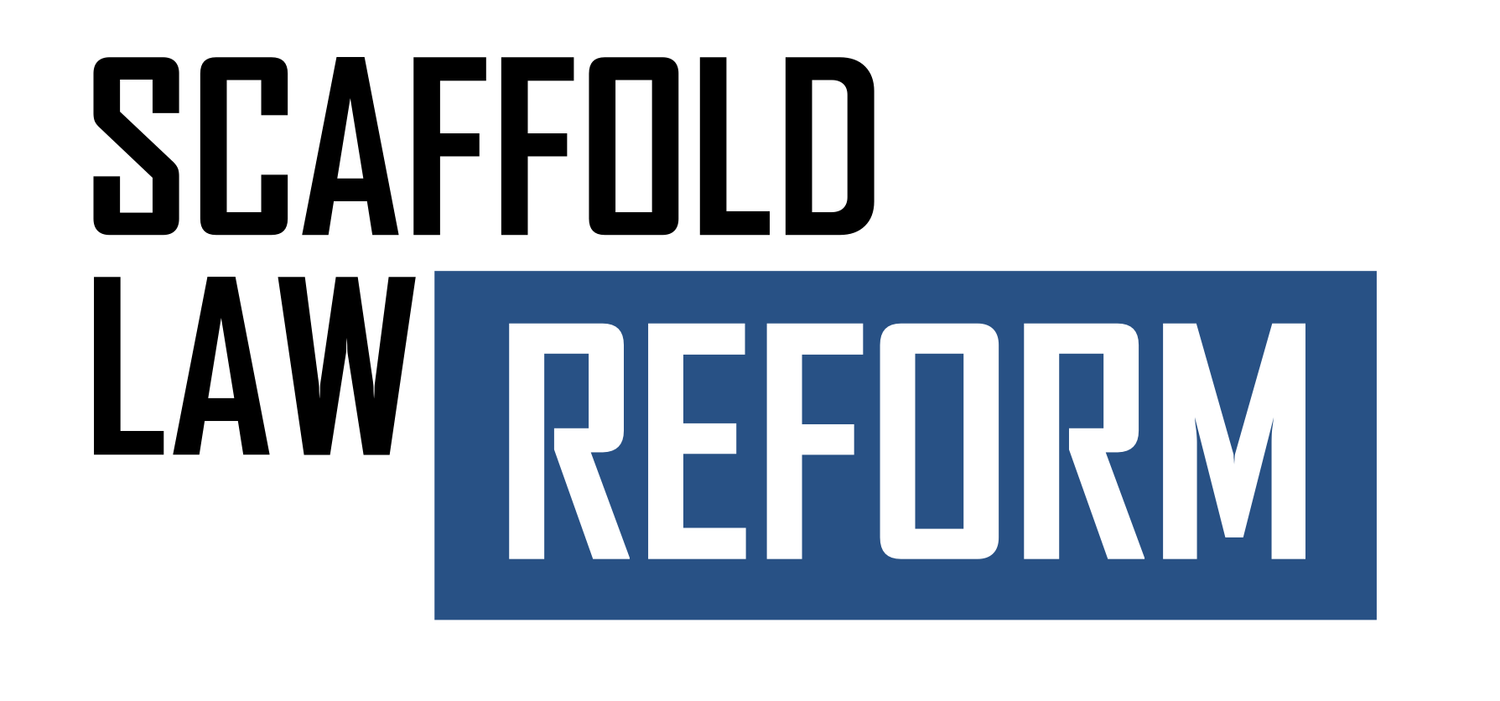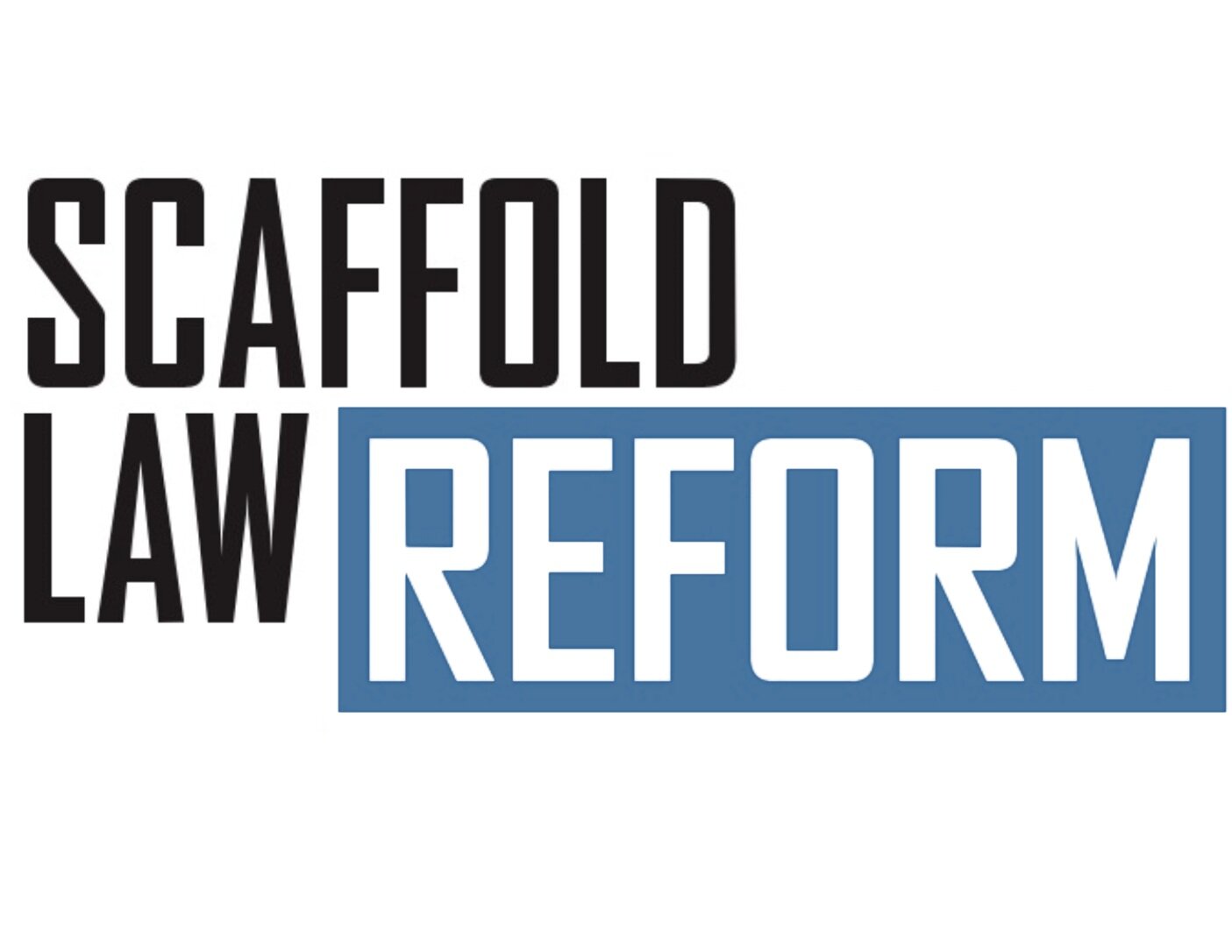Op-Ed: State’s Scaffold Law Is a Danger to Workers, Taxpayers and Progress
By: Tom Stebbins
The New York Committee for Occupational Safety and Health recently released a report identifying a troubling increase in construction deaths.
Did NYCOSH suggest a change to current laws in order to enhance worker safety? No. Instead, the report's authors curiously take the time to promote one of the Empire State's most costly and ineffective laws: Labor Law 240/241.
The law is ineffective by NYCOSH's tacit admission. If these unique-to-New York sections of law, known as the Scaffold Law, truly protected construction workers, there wouldn't be an increase in injuries to report. What signals bad news for construction workers is more than welcome by politically connected, profit-driven trial attorneys and their network of allies.
The Scaffold Law was enacted in the 19th century when construction workers had few protections. Under the law, courts hold contractors and property owners fully liable for gravity-related worksite accidents, even if they had nothing to do with the cause of the injuries. Scaffold Law litigation is one of the main drivers behind New York's highest-in-the-world construction costs.
NYCOSH’s report reveals the Scaffold Law's failures. Findings show a 9% increase in construction worker fatalities. New York, the only state where the Scaffold Law exists, leads the nation in worksite deaths. Absurdly, rather than admitting the Scaffold Law is clearly ineffectual, the NYCOSH report recommends defending the law.
A 2015 study from the Transportation Research Board of the National Academies questions the Scaffold Law's efficacy. The study reveals that rather than protect workers, the Scaffold Law ultimately leads to higher insurance premiums for contractors. The study also finds a direct link between rising costs and reduced worker safety. Where is the logic in promoting a law that not only drives up costs, it increases the number of fatal and near-fatal accidents?
As Gov. Kathy Hochul and the Legislature acknowledge the need to improve public transportation, increase housing stock and bolster drinking water infrastructure, they should look to tear down obstacles to realizing their ambitious agenda. The same holds for time-sensitive initiatives to develop climate resiliency and renewable energy sources across New York.
How many public-housing units could be constructed with the money spent on litigation and insurance? The New York School Boards Association estimates that the Scaffold Law wastes $200 million that could be put toward maintaining and building schools upstate each year. In the city the School Construction Authority says the wasted costs of the law could pay for more than 75 major renovations.
Taxpayers and the private sector, including minority- and women-owned contractors that struggle to find affordable insurance, watch as billions of dollars are wasted on out-of-control liabilities. Meanwhile state trial attorneys surround construction sites with advertising, eager to take their 33% cut of slam-dunk settlements.
The construction fatalities report paints a grim picture. It proves that the Scaffold Law is a costly and dangerous relic. That NYCOSH recommends it be preserved and protected goes against the best interests of workers and taxpayers. It is time to finally fix this costly law.
Tom Stebbins is executive director of the Lawsuit Reform Alliance of New York.

